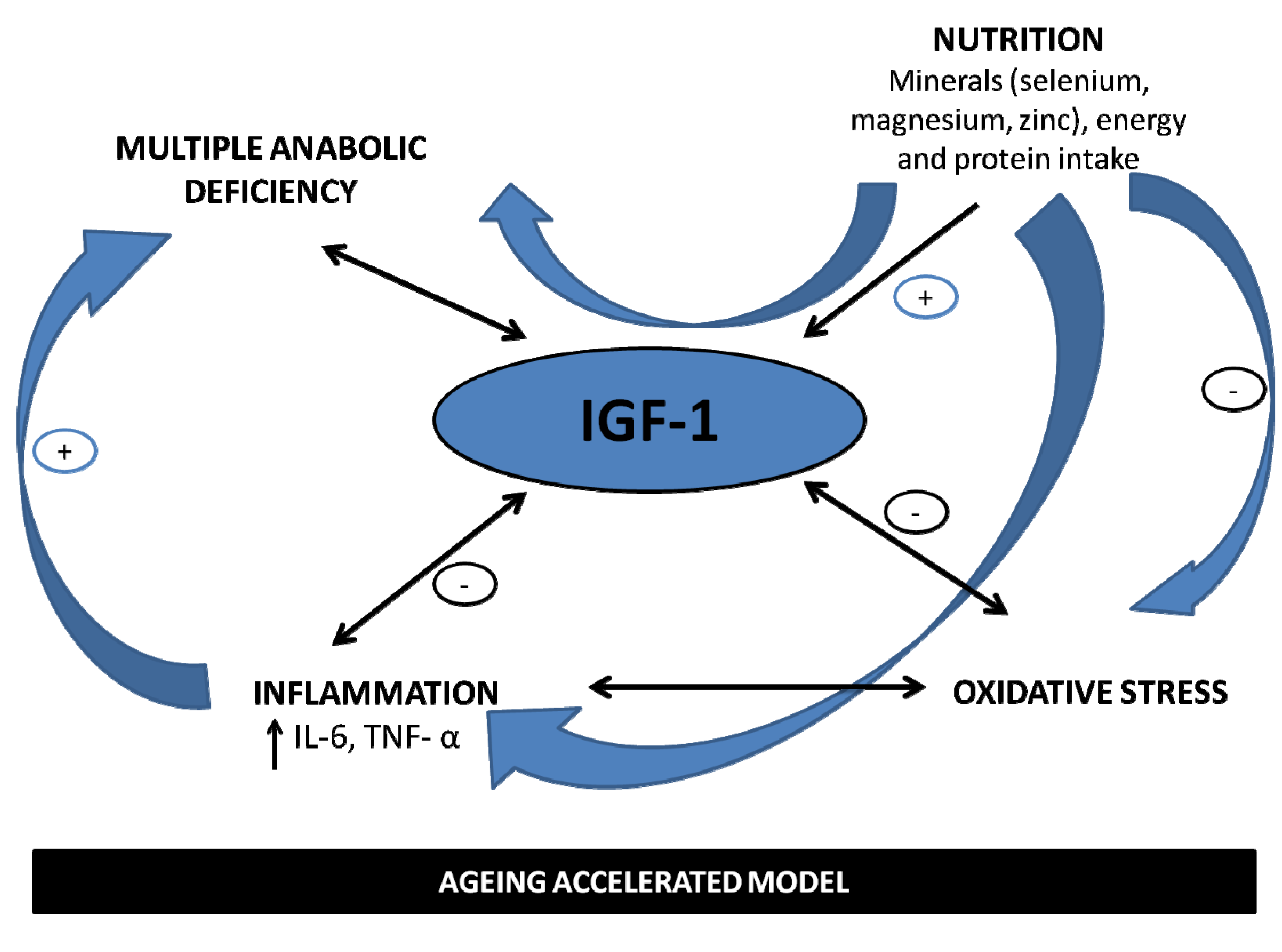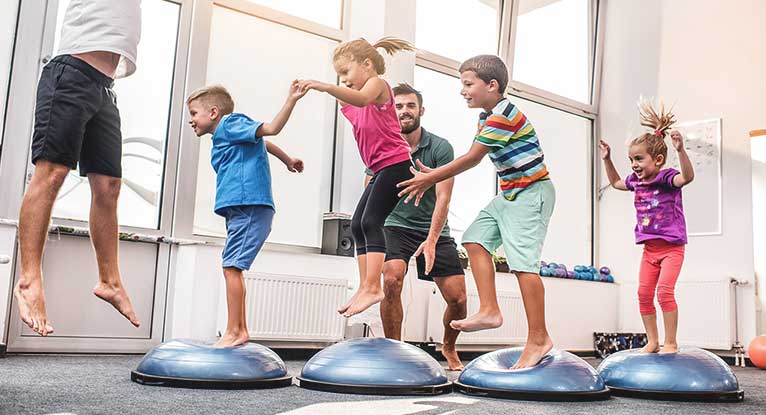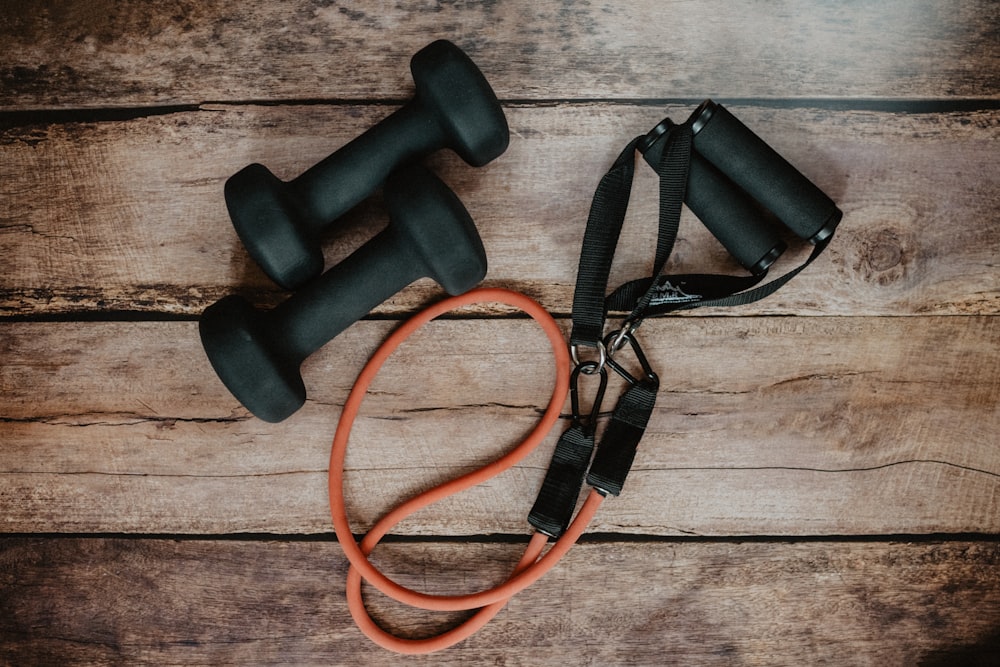There are many reasons to be physically active, which include reducing the odds of stroke, diabetes, and heart disease. Of course, we know that physical activity is also important in ensuring your body stays at a healthy level, but there is one other benefit of physical activity that most people don’t know about. Moving your body also has positive effects on the way your brain works.
According to health experts, regular aerobic exercise such as biking, running, and swimming foster the growth of new brain cells. During exercise, as the heart rate increases, the blood flows towards the brain and causes our brains to get exposed to more oxygen and nutrients. Consequently, exercise, in turn, improves our sleep, mood and reduces stress and anxiety.
With the neurodegenerative diseases that are associated with cognitive impairment, exercise has a positive effect on the aging brain. In this article, we will discuss a few ways through which physical activity helps our brain work better and faster while making it more capable as well.
How Does Exercise Help Your Brain?
Physical activity has been said to be the reason behind multiple benefits for the health of your brain. Some of these benefits include the promotion of cardiovascular health, improvement of blood flow, reduction in brain inflammation, and leading to lower levels of stress hormones as well.

All of those things affect cognition according to neuropsychologist Dr. Bonner-Jackson. A groundbreaking study revealed that exercise can pump brain power and that cardiovascular fitness grows brain cells in subjects. It also supports the fact that exercise helps with the formation of nervous tissues in parts of the brain.
This process is called neurogenesis and it results in the creation of a protein called the brain-derived neurotrophic factor (BDNF), which is a molecule that helps in the function of mental activity associated with strenuous thinking. Exercise aids the release of this protein along with dopamine and serotonin, which are beneficial to the brain.
Stimulating the Growth of Neurons and Preventing Memory Loss
A study was conducted by neurologist Dr. Scott A. Small, at the Columbia University medical center regarding this topic. It concluded that exercise might stimulate the growth of neurons in a part of the brain which is related to memory loss. To equate the results with earlier studies involving mice, researchers looked at improvements in the outcomes, which included volunteers who exercised on exercise equipment.
Using an MRI and treadmills, the researchers were able to see if blood flow in humans increases in the similar part of the brain as in mice. It did, indicating that working out may help generate neurons in a brain region that loses them disproportionately as individuals age. The researchers also found that their scores on memory tests went up as the volunteers went through a three-month exercise cycle.
Generation of IGF-1 protein and BDNF Molecules
The mechanism of exercise starts in the muscles, where contractions release Insulin-like Growth Factor 1 ( IGF-1, which is a chemical messenger protein that passes to the brain through the bloodstream. In the neurotransmitter factory of the body, IGF-1 takes on the role of foreman. It issues orders to increase the output of several chemicals, including BDNF, which refuel the brain.

Any of the practices that contribute to more significant thinking are fueled by exercise. The body creates BDNF levels with daily exercise, which results in the branching out of brain neurons and the development of new interconnections between them. Consequently, neurons engage in new ways with each other.
This process is focused on continuous learning: changes in the synapses between neurons are involved in storing and making available new facts for future use. The mechanism possible by BDNF, and brains have a greater capacity for information with more of it. Exercise, thus proven, underlies neuroplasticity and enhances the function of the brain.
Physical Strength of the Brain
Exercise also provides physical benefits to the brain, such as increasing the cerebral cortex’s thickness and improving the integrity of white matter and nerve fibers that connect areas of the brain. All of that creates new neural connections and adapts itself throughout a lifetime. The neuroplasticity takes place in the hippocampus part, a significant area of the brain for memory.
Recent studies show that each hour of light-intensity physical training and achieving 7,500 steps or more on a daily basis results in higher total brain volume. This makes it equivalent to approximately 1.4 to 2.2 years less brain aging, which means that the individual will have fewer memory loss chances and other brain weakening symptoms.
Effect of Exercise on Elderly Brain
Physical training and exercise can reduce the risk of age-related cognitive decline and neurodegeneration and protect the brain function from adverse effects of aging. The neurogenesis in the brain of adult humans and animals has no capacity for generating new neurons. According to recent studies, this drawback can be minimized to an extent with the help of exercise.
Exercise can result in behavioral benefits, significant increments in memory, attention, processing speed, and executive functions in adult humans. Regular engagement in physical activity in midlife is also associated with decreased risk of dementia later in life.
Exercise can have preventive effects on age-related cognitive decline as well as a decline in hippocampal neurogenesis, which is associated with the neurotrophins such as brain-derived neurotrophic factor, insulin growth factor as well as a vascular endothelial growth factor.
Substantial evidence proves that exercise has therapeutic and preventive effects against depression. Depression is generally linked to cognitive decline and is considered to cause a greater worldwide health crisis than that of ischemic heart disease, tuberculosis, or cerebrovascular disease.
Therapy and Protection Against Depression
Clinical trials proved that the demonstration of aerobic and resistance training resulted in a treatment for depression in both young and older individuals. The benefits of it were somewhat similar to those achieved by using antidepressants. The results are also dose-dependent, which means, with higher levels of exercise, greater improvement can be achieved.
The therapeutic effects of physical training on depressed minds have been tested in conditions of neurodegeneration in humans. Specifically, a clinical trial showed that three months of exercise improved depressive symptoms, whereas individuals with no physical training had worse symptoms of depression. Besides therapeutic effects, evidence shows that exercise can provide protection from the development of depression.
The mechanism behind the therapeutic function against depression is focused on the hippocampus, where growth factor expression and exercise-induced neurogenesis are proven to be potential meditators. Other mechanisms can include exercise abetted changes in the hypothalamic-pituitary-adrenal axis that regulates the stress response and activity of dorsal raphe serotonin neurons implicated in mediating learned helplessness behaviors.
Effects of Physical Exercise on a Child’s Brain
Exercise leads to improved motor skills, better reasoning and problem solving, more vital concentration skills, and enhanced learning (hand-eye coordination). Expectedly, all these combine to benefit the success in schools. Even the simple act of playing with friends outside has been related to kids doing better on tests and tasks.

Physical exercise may be the last thing on their mind if your child has signs of depression or anxiety, or perhaps an ‘off’ day. Physical exercise, however, can significantly assist with preserving mental well-being.
Brain chemicals, known as endorphins, are released during physical exercise by the brain and help to boost mood, energy, and even sleep levels. These positive results together help to boost self-confidence and resilience. Kids who get active every day are also better sleepers.
Kids who experience elevated anxiety tend to concentrate on items that cause anxiety, making them more nervous, thereby forming a vicious loop. But, through physical exercise, focus on the demands of physical activity, learning new skills, and gaining a sense of achievement, an anxious child will break the cycle.
The Impact of a Good Night’s Sleep
According to research by Walden University, physical activity can also help with issues like insomnia. A good exercise routine will regulate the circadian rhythm of your body, which refers to a type of built-in alarm clock that helps your body understand when it needs to sleep and when it has to wake up.
The reason why physical activity helps with a good night’s sleep is that it increases the body’s temperature which can induce a calming effect. This effect will then lead to more shuteye and provide you with sleep you’ll feel difficult to wake up from! Not only this, but sleeping properly will eventually help with giving a boost to your brain as it allows your brain to refresh before it has to start working again.
This will strengthen your memory and build on your intelligence in the long run as well; regulating your sleep schedule through physical activity can actually go a very long way. A morning jog or exercise can also make you more creative, according to the study by Walden University, so this gives way to a boost in mental energy.
Conclusion
Just knowing that exercise is literally going to take years off your brain should be enough to get everyone up and off those couches. But if that isn’t enough, your body also benefits and in turn gives you improved stamina, developed muscles, and all your fat will be in the right places too.
Exercise does not have to be boring or tough. You can do simple things like taking brisk walks or participate in individual sports or group sports. Even dancing in your living room counts as exercise as long as you get your heart rate up.










